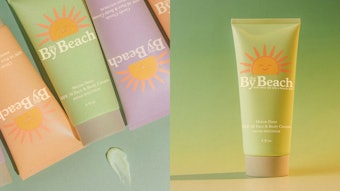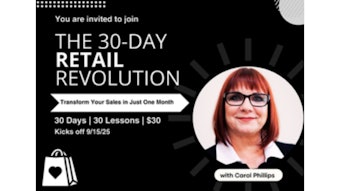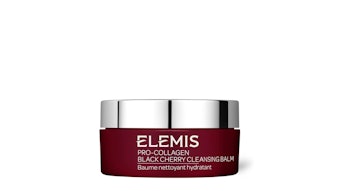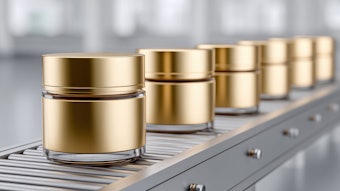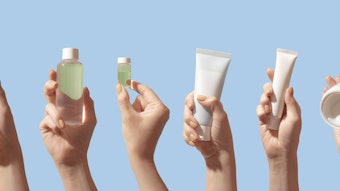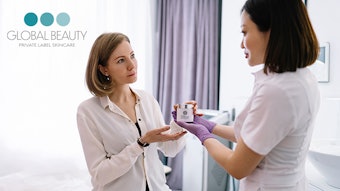The professional skin care industry is not capturing its share of the personal care market. According to a recent SRI International & Global Summit study, the beauty and anti-aging market is a $679 billion industry with spas barely capturing a sliver of this market. How can you gain market share? By focusing on retail mix selection and performance measures.
Retail mix
One of the biggest mistakes in skin care facilities is the lack of variety in retail mix. Most get stuck on skin care, hair and maybe nail products. Instead of expanding into other retail items, they expand on skin care products and carry way too many skin care brands. As a rule of thumb, it’s wise to have one primary and one secondary skin care line. Free up your inventory budget to buy other retail items to help your clients continue their experience at home.
Attend gift trade shows and select stress-reduction products, such as music, aromatherapy, books and neck wraps. Focus on products your target market would like to have. In addition, consider selling or giving away branded items, such as t-shirts, stress balls and hats as gifts with purchase. This turns all your clients into business promoters; not enough facilities practice this. Other important factors include selecting products at the right price point and making sure you manage your inventory, order the right quantities for your sales cycles and manage your cash flow.
Measuring performance
Do you know your retail area’s revenue per square foot? Its turnover rate? What percentages of your sales are generated by retail transactions or by receptionists? If you are serious about your business, you need to know these answers because measuring your performance is the only way to improve. Here are some retail concepts and formulas to help you determine how well your retail area is performing.
Revenue per square foot. This important concept is how retailers measure performance and so should you.
Total net sales ÷ Square feet of selling space = Sales per square foot of selling space
Example: $400,000 in revenue ÷ 800 square feet = $500 per square foot
Turnover rate. This refers to how often you turnover your inventory.
A good turnover rate is 4 to 5.
Calculating turnover rate.
Annual retail sales ÷ Average inventory at the beginning of the month for each month of the previous year = Turnover rate
If your inventory is $10,000 each month, multiply that by 12 (since there are 12 months in year) to get the average inventory. So $10,000 x 12 = $120,000 for the year. If sales were $600,000, what would the turnover rate be?
$600,000 ÷ $120,000 = 5, a very good turnover rate.
Sales per transaction
This measurement indicates how much retail you are averaging per client. It is frequently referred to as retail volume per guest.
Gross sales ÷ Numberof transactions = Sales per transaction
or
Retail volume ÷ Receptionist = Sales by receptionist
A golden opportunity
Measure your performance and evaluate your results. If you are doing well, congratulations! If not, develop retail mix and performance measurement strategies. If you don’t have time to develop your strategies, reach out to professional companies to assist you. No need to reinvent the wheel. The important fact to remember is that you have a golden opportunity within your facility to generate a large sum of revenue and experience exponential growth. Focus on your retail area and elevate your success.
Dori Soukup is the founder and CEO of InSPAration Management, a firm specializing in spa business development, advanced education and BizTools. During the past 10 years, she has contributed to the success of spa companies worldwide. Soukup is a published author who has been featured in national and international trade publications.

